
@Albert Einstein was born at Ulm, in Württemberg, Germany, on March 14, 1879. Six weeks later the family moved to Munich, where he later on began his schooling at the Luitpold Gymnasium. Later, they moved to Italy and Albert continued his education at Aarau, Switzerland and in 1896 he entered the Swiss Federal Polytechnic School in Zurich to be trained as a teacher in physics and mathematics. In 1901, the year he gained his diploma, he acquired Swiss citizenship and, as he was unable to find a teaching post, he accepted a position as technical assistant in the Swiss Patent Office. In 1905 he obtained his doctor's degree.
@During his stay at the Patent Office, and in his spare time, he produced much of his remarkable work and in 1908 he was appointed Privatdozent in Berne. In 1909 he became Professor Extraordinary at Zurich, in 1911 Professor of Theoretical Physics at Prague, returning to Zurich in the following year to fill a similar post. In 1914 he was appointed Director of the Kaiser Wilhelm Physical Institute and Professor in the University of Berlin. He became a German citizen in 1914 and remained in Berlin until 1933 when he renounced his citizenship for political reasons and emigrated to America to take the position of Professor of Theoretical Physics at Princeton*. He became a United States citizen in 1940 and retired from his post in 1945.
@After World War II, Einstein was a leading figure in the World Government Movement, he was offered the Presidency of the State of Israel, which he declined, and he collaborated with Dr. Chaim Weizmann in establishing the Hebrew University of Jerusalem.
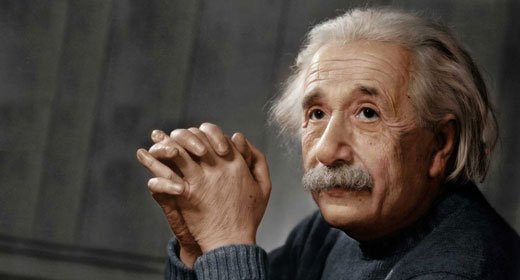
@Einstein always appeared to have a clear view of the problems of physics and the determination to solve them. He had a strategy of his own and was able to visualize the main stages on the way to his goal. He regarded his major achievements as mere stepping-stones for the next advance.
@At the start of his scientific work, Einstein realized the inadequacies of Newtonian mechanics and his special theory of relativity stemmed from an attempt to reconcile the laws of mechanics with the laws of the electromagnetic field. He dealt with classical problems of statistical mechanics and problems in which they were merged with quantum theory: this led to an explanation of the Brownian movement of molecules. He investigated the thermal properties of light with a low radiation density and his observations laid the foundation of the photon theory of light.
@In his early days in Berlin, Einstein postulated that the correct interpretation of the special theory of relativity must also furnish a theory of gravitation and in 1916 he published his paper on the general theory of relativity. During this time he also contributed to the problems of the theory of radiation and statistical mechanics.
@In the 1920s, Einstein embarked on the construction of unified field theories, although he continued to work on the probabilistic interpretation of quantum theory, and he persevered with this work in America. He contributed to statistical mechanics by his development of the quantum theory of a monatomic gas and he has also accomplished valuable work in connection with atomic transition probabilities and relativistic cosmology.
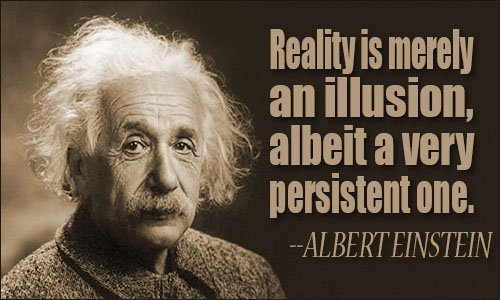
@After his retirement he continued to work towards the unification of the basic concepts of physics, taking the opposite approach, geometrisation, to the majority of physicists.
@Einstein's researches are, of course, well chronicled and his more important works include Special Theory of Relativity (1905), Relativity (English translations, 1920 and 1950), General Theory of Relativity (1916), Investigations on Theory of Brownian Movement (1926), and The Evolution of Physics (1938). Among his non-scientific works, About Zionism (1930), Why War? (1933), My Philosophy (1934), and Out of My Later Years (1950) are perhaps the most important.
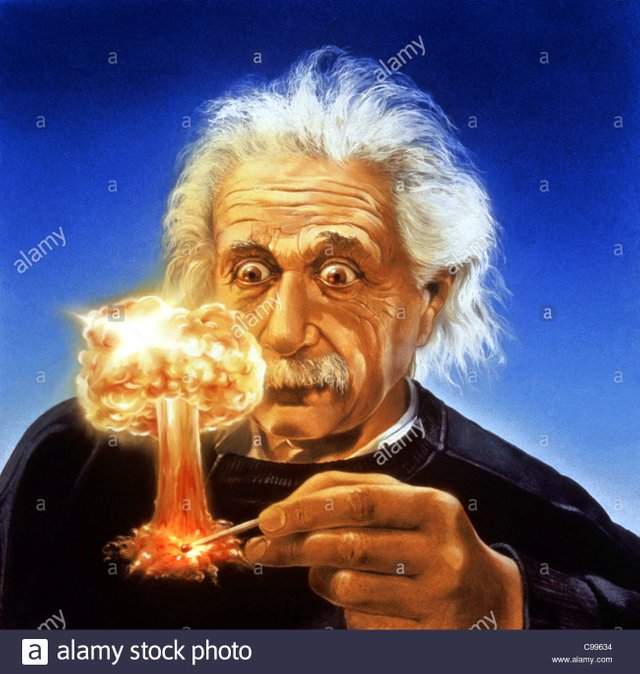
@Albert Einstein received honorary doctorate degrees in science, medicine and philosophy from many European and American universities. During the 1920's he lectured in Europe, America and the Far East, and he was awarded Fellowships or Memberships of all the leading scientific academies throughout the world. He gained numerous awards in recognition of his work, including the Copley Medal of the Royal Society of London in 1925, and the Franklin Medal of the Franklin Institute in 1935.
@Einstein's gifts inevitably resulted in his dwelling much in intellectual solitude and, for relaxation, music played an important part in his life. He married Mileva Maric in 1903 and they had a daughter and two sons; their marriage was dissolved in 1919 and in the same year he married his cousin, Elsa Löwenthal, who died in 1936. He died on April 18, 1955 at Princeton, New Jersey.
@From Nobel Lectures, Physics 1901-1921, Elsevier Publishing Company, Amsterdam, 1967
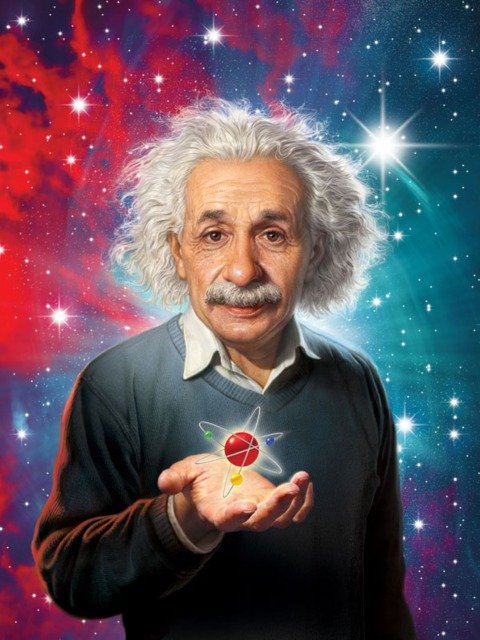
@This autobiography/biography was written at the time of the award and first published in the book series Les Prix Nobel. It was later edited and republished in Nobel Lectures. To cite this document, always state the source as shown above.
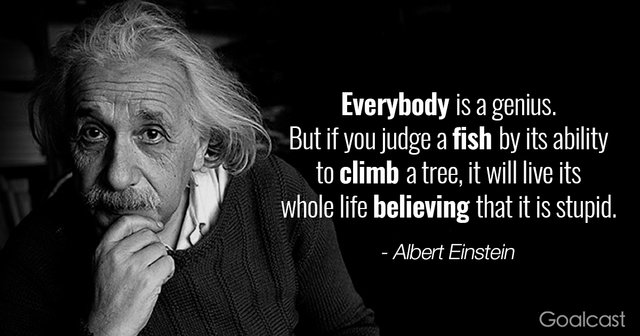
From Graduation To The “Miracle Year” Of Scientific Theories
@After graduation in 1900, Einstein faced one of the greatest crises in his life. Because he studied advanced subjects on his own, he often cut classes; this earned him the animosity of some professors, especially Heinrich Weber. Unfortunately, Einstein asked Weber for a letter of recommendation. Einstein was subsequently turned down for every academic position that he applied to. He later wrote,
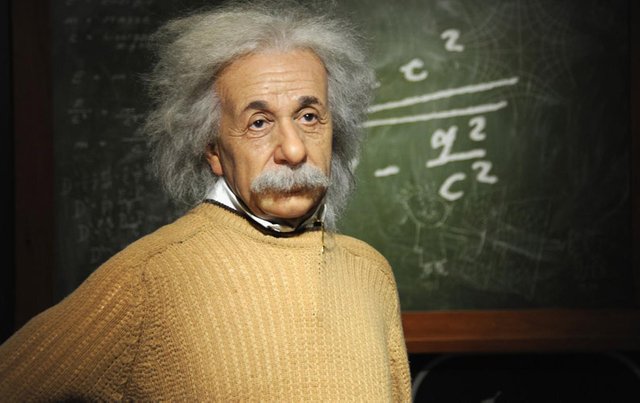
eanwhile, Einstein’s relationship with Maric deepened, but his parents vehemently opposed the relationship. His mother especially objected to her Serbian background (Maric’s family was Eastern Orthodox Christian). Einstein defied his parents, however, and in January 1902 he and Maric even had a child, Lieserl, whose fate is unknown. (It is commonly thought that she died of scarlet fever or was given up for adoption.)
@In 1902 Einstein reached perhaps the lowest point in his life. He could not marry Maric and support a family without a job, and his father’s business went bankrupt. Desperate and unemployed, Einstein took lowly jobs tutoring children, but he was fired from even these jobs.
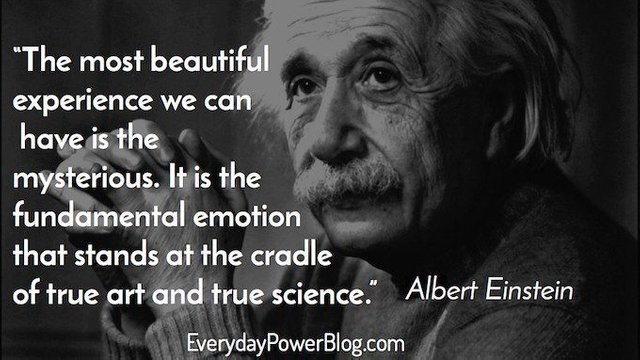
@The turning point came later that year, when the father of his lifelong friend Marcel Grossmann was able to recommend him for a position as a clerk in the Swiss patent office in Bern. About then, Einstein’s father became seriously ill and, just before he died, gave his blessing for his son to marry Maric. For years, Einstein would experience enormous sadness remembering that his father had died thinking him a failure.
@With a small but steady income for the first time, Einstein felt confident enough to marry Maric, which he did on January 6, 1903. Their children, Hans Albert and Eduard, were born in Bern in 1904 and 1910, respectively. In hindsight, Einstein’s job at the patent office was a blessing. He would quickly finish analyzing patent applications, leaving him time to daydream about the vision that had obsessed him since he was 16: What would happen if you raced alongside a light beam? While at the polytechnic school he had studied Maxwell’s equations, which describe the nature of light, and discovered a fact unknown to James Clerk Maxwell himself—namely, that the speed of light remains the same no matter how fast one moves. This violates Newton’s laws of motion, however, because there is no absolute velocity in Isaac Newton’s theory. This insight led Einstein to formulate the principle of relativity: “the speed of light is a constant in any inertial frame (constantly moving frame).”
@During 1905, often called Einstein’s “miracle year,” he published four papers in the Annalen der Physik, each of which would alter the course of modern physics:
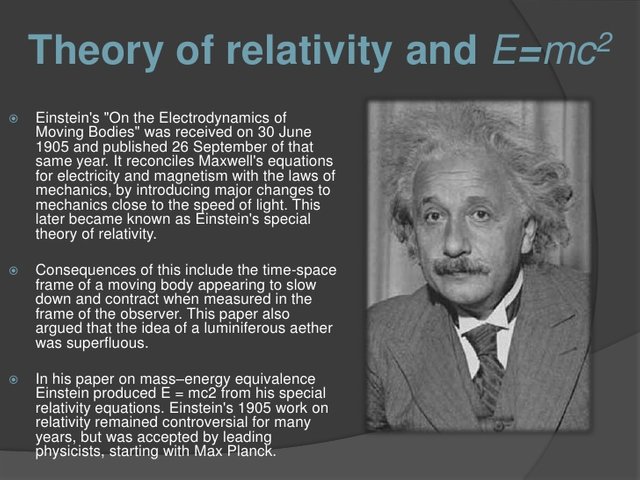
@1. “Über einen die Erzeugung und Verwandlung des Lichtes betreffenden heuristischen Gesichtspunkt” (“On a Heuristic Viewpoint Concerning the Production and Transformation of Light”), in which Einstein applied the quantum theory to light in order to explain the photoelectric effect. If light occurs in tiny packets (later called photons), then it should knock out electrons in a metal in a precise way.
2. “Über die von der molekularkinetischen Theorie der Wärme geforderte Bewegung von in ruhenden Flüssigkeiten suspendierten Teilchen” (“On the Movement of Small Particles Suspended in Stationary Liquids Required by the Molecular-Kinetic Theory of Heat”), in which Einstein offered the first experimental proof of the existence of atoms. By analyzing the motion of tiny particles suspended in still water, called Brownian motion, he could calculate the size of the jostling atoms and Avogadro’s number (see Avogadro’s law).
3. “Zur Elektrodynamik bewegter Körper” (“On the Electrodynamics of Moving Bodies”), in which Einstein laid out the mathematical theory of special relativity.
4. “Ist die Trägheit eines Körpers von seinem Energieinhalt abhängig?” (“Does the Inertia of a Body Depend Upon Its Energy Content?”), submitted almost as an afterthought, which showed that relativity theory led to the equation E = mc2. This provided the first mechanism to explain the energy source of the Sun and other stars.
Einstein also submitted a paper in 1905 for his doctorate.
@Other scientists, especially Henri Poincaré and Hendrik Lorentz, had pieces of the theory of special relativity, but Einstein was the first to assemble the whole theory together and to realize that it was a universal law of nature, not a curious figment of motion in the ether, as Poincaré and Lorentz had thought. (In one private letter to Mileva, Einstein referred to “our theory,” which has led some to speculate that she was a cofounder of relativity theory. However, Mileva had abandoned physics after twice failing her graduate exams, and there is no record of her involvement in developing relativity. In fact, in his 1905 paper, Einstein only credits his conversations with Besso in developing relativity.)
@In the 19th century there were two pillars of physics: Newton’s laws of motion and Maxwell’s theory of light. Einstein was alone in realizing that they were in contradiction and that one of them must fall.
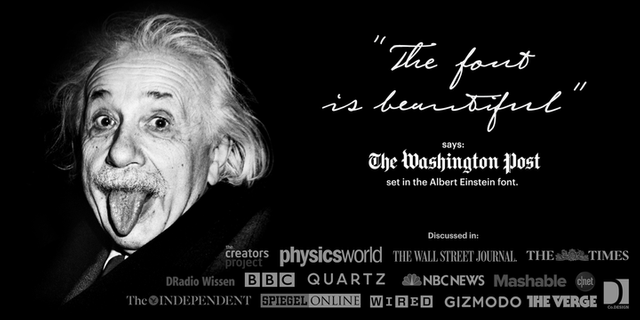

Hi! I am a robot. I just upvoted you! I found similar content that readers might be interested in:
https://www.britannica.com/biography/Albert-Einstein
Downvoting a post can decrease pending rewards and make it less visible. Common reasons:
Submit
@originalworks
Downvoting a post can decrease pending rewards and make it less visible. Common reasons:
Submit